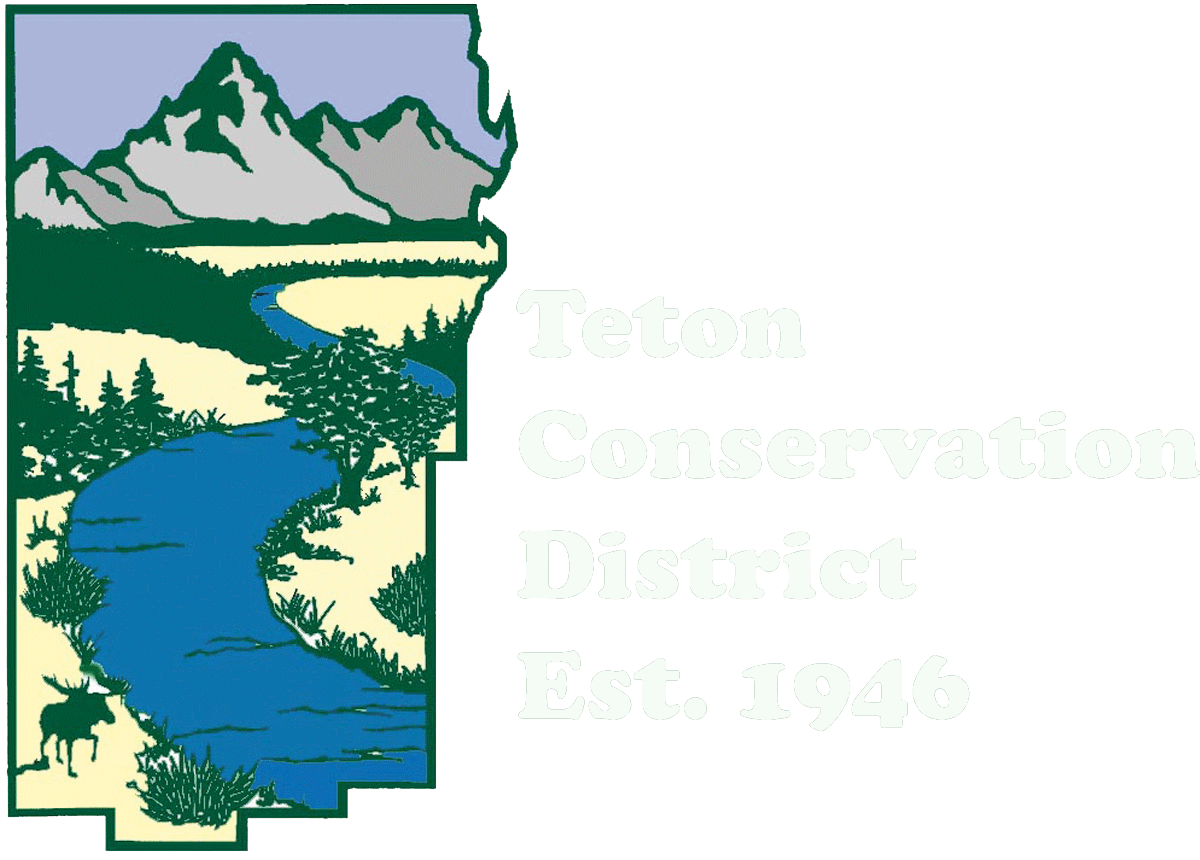Anna sits with a mule deer doe after drawing blood. The orange mask covering the doe’s eyes helps them remain calm. Photo by Zach Andres.
Why do some mule deer migrate more than 150 miles annually while others migrate less than 30? Anna Ortega, a PhD student at the University of Wyoming, is studying the diversity of migratory strategies in a mule deer herd sharing a common winter range in the Red Desert of south-central Wyoming.
The portion of the Sublette Mule Deer Herd that Anna is studying exhibit three migratory strategies, including long-distance migration (~150 miles), medium-distance migration (~70 miles), and short-distance migration (<30 miles). Deer 255 migrates further than any mule deer in the herd; in 2018, she traveled 242 miles from her winter range in the Red Desert to her summer range near Island Park, ID. Her annual journey is the longest recorded mule deer migration, totaling nearly 100 miles further than some of the other long-distance migrants in the herd.
Dr. Matthew Kauffman, leader of the Wyoming Cooperative Fish and Wildlife Unit, removes a GPS collar in order to download data. Photo by Zach Andres.
Although short-, medium-, and long-distance migratory strategies have been observed for several years, wildlife researchers are just beginning to understand how maintaining diverse migratory behaviors can increase the resiliency of the herd overall. In order to compare the costs and benefits of each migratory strategy, Anna and her team recapture collared mule deer on their winter ranges in the Red Desert every March and December. This year, Teton Conservation District provided funding to capture the 11 individual deer that spend the summer in Teton County and Deer 255 because she migrates through Teton County. To capture the deer, a helicopter team locates and transports the deer to the staging area, where the research team awaits. They collect blood and fecal samples, measure body weight, collect morphometric measurements (i.e., body length, body girth, metatarsus length), and determine a body condition score. Other measurements recorded include body temperature, heart rate, blood-oxygen saturation, and respiration rate. These variables can indicate how stressed the deer might be, and measurements are taken at least twice during processing to ensure the deer is not overly stressed. Each animal’s GPS collar is removed and its data are recorded. After replacing the collars on the deer, they are released back into the Red Desert.
Zach Andres, a field technician working for Anna Ortega, and Tanner Warder release a collared mule deer doe. Their heads are painted to ensure the helicopter does not recapture already processed deer.
Anna suspects that depending on the intensity of the winter and other weather-related and ecological factors, the costs and benefits of migration may shift among long-, medium-, and short-distance migrants from year to year. In some years, long-distance migrants might have higher overwinter survival or enhanced reproductive success; in other years, they might exhibit higher mortality in adults and fawns. Based on data from 2017-2018, medium- and short-distance migrants had higher fawn recruitment (meaning fawn survival) compared with long-distance migrants, which may suggest a tradeoff associated with the costs of migrating long-distances and having fawns on overall body fat. Long-distance migration is key to the productivity of ungulate herds, but many such movements are declining across the globe. These declines are primarily due to anthropogenic disturbances including fencing, roads, energy development, and other human activities that fragment habitat, sever migration corridors, and cause shifts in climatic conditions and forage availability. Not only is Anna’s study deepening our understanding of migration, but it will have applied benefits for conserving and managing migratory herds of mule deer across western Wyoming.
Teton Conservation District is proud to provide financial support to wildlife monitoring and research projects like this one. Teton Conservation District is accepting grant applications through our Partners in Conservation grant program. The deadline is 5:00 pm on January 31, 2020.




